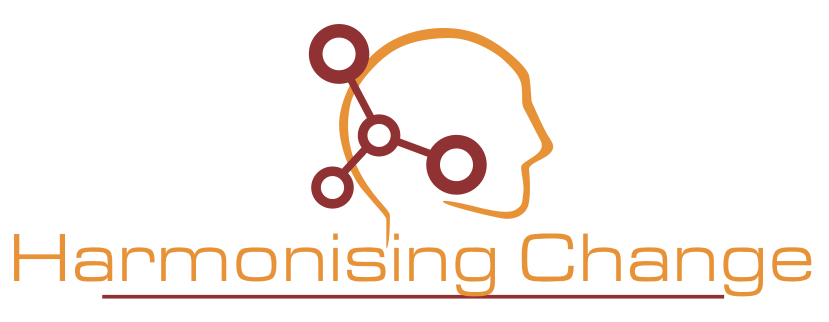
How does change and agility impact workplace culture?
As seen over the last couple of years, change is inevitable, and agility in the workplace generates increased productivity, higher employee engagement, and better ability to adapt to external forces such as market changes, buyer behaviour, and economic conditions.
As a change manager, how do you discern that it is time to implement change management? What are the telltale signs that it is time for change?
Several indicators might act as a catalyst for transformation:
- The implementation of new technologies to optimise production,
- Upgrading procedures or policies to improve and optimise processes,
- Producing a new product or service feature,
- Change of leadership and management,
- Work culture and program implementations,
- Company merging or acquisitions,
- Unexpected crisis due to economic/socio-political problems
In short, it is the appropriate time to apply change management whenever your company has to change the way it works, and when this change requires people to do their job differently.
Communication is a key. Not only are expectations made known but effective communication makes employees feel safe and included.
According to Tris Brown, VP of Organisational Strategies at Proxicom, to maintain employee engagement you need to communicate the reason for change openly and honestly. Communicating the changes has to be done from the top down, this ensures leadership commitment and involvement. Brown stresses that it is vital to explain how the changes will impact the staff and give staff members a step-by-step plan for what is going to happen and when. Finally, Brown explains that after communicating and distributing the necessary information staff members need a chance to digest the information, ask questions and raise concerns.
Once a change has been implemented there has to be a time for evaluation to see whether or not the change strategies have been successful. Prosci have put together some Metrics organisations can use to measure change management effectiveness. These metrics track and measure the performance of the organisation, key individuals and the change management department.
Regardless of the type of change, all structured change management initiatives involve these activities, making these metrics useful for any change program. These metrics consist of:
- tracking change management activities conducted according to plan,
- training tests and effectiveness measures,
- training participation and attendance numbers,
- communication deliveries,
- communication effectiveness
Ultimately, whatever your project, look for ways to measure project performance, individual performance and change management performance so you can thoroughly gauge and report on the effectiveness of your change management activities.
Evaluation requires data. To really have insight into what works in the company and what doesn’t management needs to gather data to make decisions. There are many ways to collect data and some of the most common are:
- automated data collection functions built into business applications, websites and mobile apps;
- collection of data from information services providers and other external data sources;
- tracking social media, discussion forums, reviews sites, blogs and other online channels;
- surveys, questionnaires and forms, done online, in person or by phone, email or regular mail;
- focus groups and one-on-one interviews; and
- direct observation of participants in a research study.
Data collection paired with monitoring effectiveness metrics and effective communication can really make a difference during a process of change. Not only can the effectiveness be tracked but the organisation’s agility and workplace culture remains intact.
Contact us on info@harmonisingchange.co.za for more information on how we work with teams to humanise change management strategies by seeking out and empowering ambassadors for change within the workplace.
Contact Harmonising Change here.



